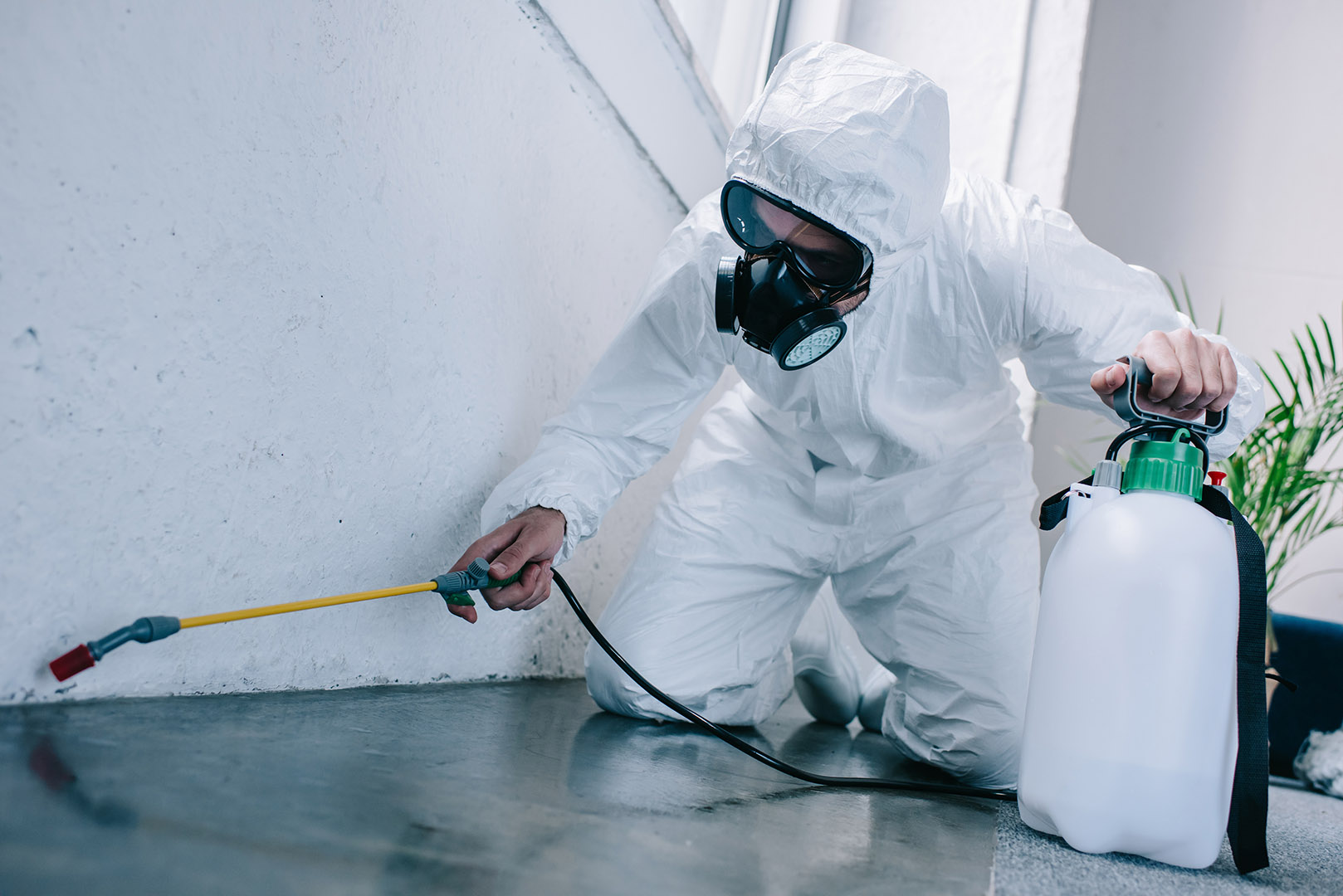Cancer
Protecting people from cancer-inducing chemicals at work

Cancer is linked to more than half of work-related deaths in the EU. Learn about the EU rules to protect people from carcinogens in the workplace, Society.
To further reduce the risk of workers getting sick, MEPs voted in favour of updating EU rules on limiting harmful substances in the workplace on 17 February 2022. New rules will expand the scope of the directive on carcinogens or mutagens at work to include substances harmful to reproductive health.
The rules set exposure limits for acrylonitrile and nickel compounds and a lower exposure limit for existing substance benzene. Parliament reached an agreement with the Council to include the requirement that healthcare workers who deal with hazardous products are better trained and have asked the European Commission to come up with a list of products and guidelines for handling them by the end of 2022.
Read more on how the EU fights cancer.
In 2017, MEPs set exposure limits on 11 additional carcinogens during the first revision of the 2004 directive to limit harmful substances in the workplace.
In 2018, they adopted even stricter rules, including exposure limit values for eight additional cancer-causing substances, whether inhaled or handled. These substances included diesel fumes and used engine oil. It will also include skin notations for these substances, which are used to warn against the potential health effects associated with skin penetration.
In 2019. rules were updated again to add exposure limits for five chemicals used in sectors such as nickel-cadmium battery manufacturing, zinc and copper smelting, laboratories, electronics, funerals, construction, healthcare, plastics and recycling sectors.
Better protection from asbestos
Between 30,000 and 90,000 people die in the EU every year due to exposure to asbestos. In a resolution adopted 20 October 2021, Parliament calls for a European strategy for the removal of all asbestos and improvement of the existing rules to better protect workers at risk. MEPs want to reduce the exposure limit from 0.1 fibres/cm3 to 0.001 fibres/cm3 and introduce mandatory screening and removal of asbestos before renovations can start. They also want to ensure that all occupational diseases are recognised, so victims can get decent compensation.
Cancer in the workplace
Cancer is the number one cause of work-related deaths in the EU. Every year 53% can be linked to cancer, 28% to circulatory diseases and 6% to respiratory diseases. The most common types of work-related cancers are lung cancer, mesothelioma (caused by exposure to asbestos particles) and bladder cancer. According to the World Health Organization, one in ten lung cancer deaths is closely related to workplace risks.
Sectors that are especially affected are the construction sector, chemicals manufacturers, automotive and furniture industries, food producers, textiles manufacturers, the wood working industry and the healthcare sector.
Learn more about how the EU improves workers’ rights and working conditions and what the EU does for public health.
Discover more on how Parliament is fighting cancer
- Breast cancer: more than 90,000 women die in EU every year
- Glyphosate renewal: Parliament puts people's health first
- 700,000 deaths a year: tackling smoking in the EU
Find out more
- Procedure file: protection of workers from the risks related to exposure to carcinogens or mutagens at work
- Briefing: limits on exposure to carcinogens and mutagens at work (fourth proposal)
- Procedure file: protecting workers from asbestos
- Briefing: protecting workers from asbestos
Share this article:






























